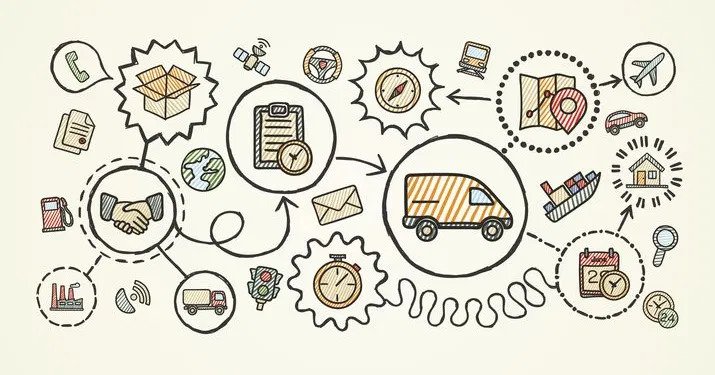Whether you are planning a big price reduction sale, a seasonal introduction or just maintaining the normal flow of inventory, your purchasing strategy must take into consideration sales patterns and past sales figures. Keeping sufficient inventory to fulfill sales while reducing the cost of on-hand products is a balancing act that includes a range of players and processes.
Read More: HRCI Global Professional in Human Resources (GPHR)
Management
Juggling the suppliers and their raw material sources to give you the right products at precisely the best time of year at a comfortable price point is the main duty of a supply chain manager. While balancing all the deliveries and costs of your merchandise, you then have the flip side of sales that rely on a whole other set of variables. You have economic realities, community direction, customer preferences, seasonal changes and employee skills to take into consideration to complete the supply chain picture.
Vendors
The starting point of your supply chain involves vendors. Most businesses rely on an assortment of vendors that supply various pieces of your total inventory. Each has a different set of logistics that affect turn-around delivery times, ordering specifications and payment plans. You must take into consideration the nuances of each vendor when devising a plan for future deliveries. An electronic database or matrix with staggered delivery times may help keep your cash flowing so you don’t have it all placed in inventory at one time.
Inventory
Inventory is one of your company’s primary assets. While its value is inherent in the goods, it does not earn you profits unless it’s moving. According to the Management Study Guide, the success of your business relies on how often you can turn inventory over in a year. To gauge the complete picture of your inventory, you’ve got to take into account the products out on your shelves, those held in your own backrooms, inventory housed at a third party site and goods that are in transit. An interruption of any one of those supply lines eventually affects your sales.
Projections
It’s much easier to plan for future deliveries and manage your supply chain when you’ve got years of experience with the same vendors, same products and similar customer trends behind you. Forecasting future sales becomes more tenuous when you change product lines or vendors, aim for higher profit margins or switch management. Relying on past sales and inventory flow is an ideal way to plan for future orders and sales events. At the same time, any successful business spends time each year creating a master plan to which you can refer as the annual buying and selling cycles occur. The master plan should include previous sales figures, cost of inventory and delivery restrictions. Create options on which you can rely when any one of the pieces in the chain is disrupted.





